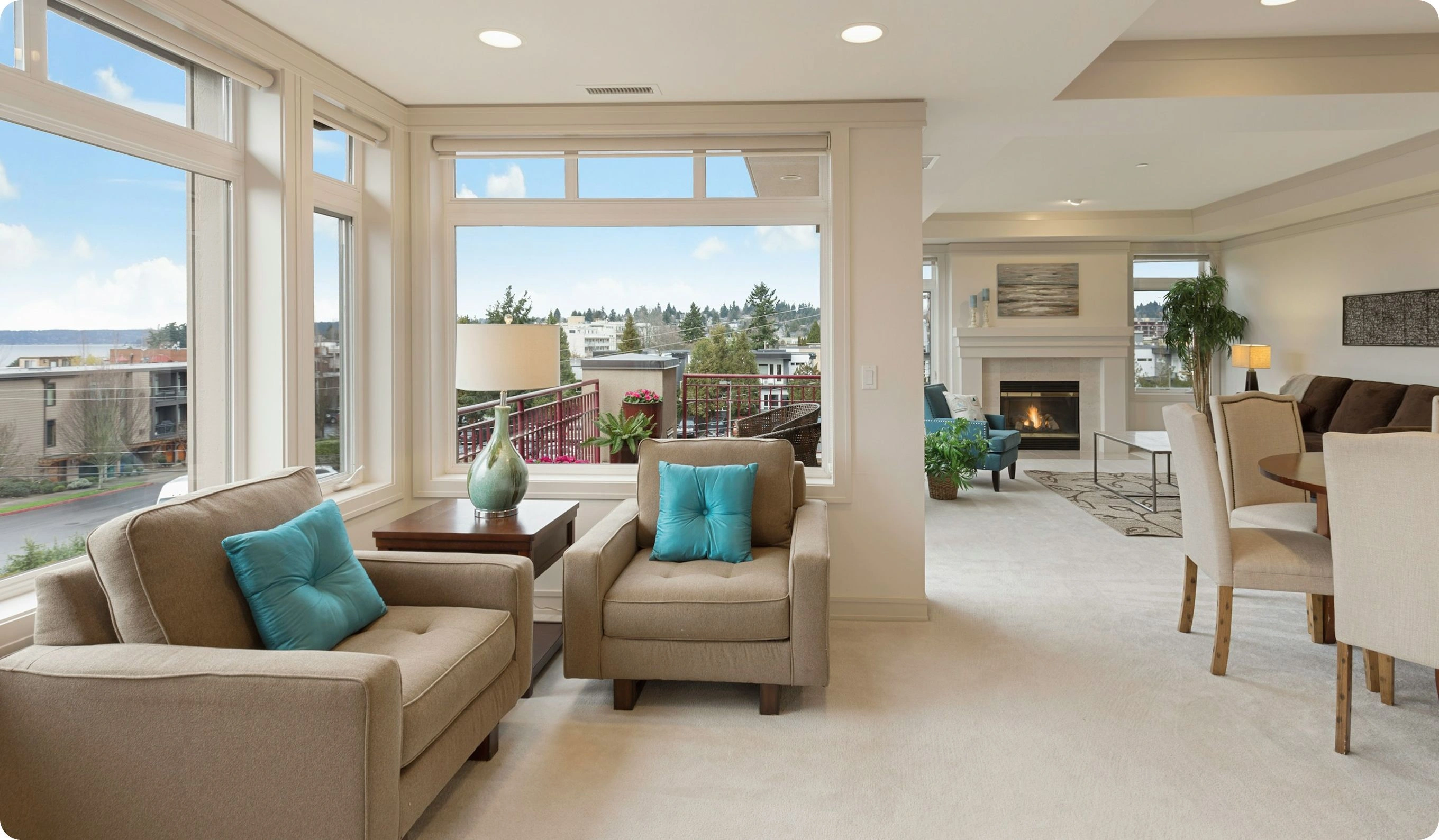最佳报价
位于 圣荷西市
投资的优势
哥斯达黎加房地产
丰富的自然生活方式及其长期价值
该国因其生态平衡、舒适性和房地产可靠性而闻名。
租赁市场热门的沿海住房
海滨住宅吸引四季游客,带来可观的季节性回报。
物业所有权支持迁移
房地产投资为中美洲最宜居地区之一的居留选项提供了机会。
丰富的自然生活方式及其长期价值
该国因其生态平衡、舒适性和房地产可靠性而闻名。
租赁市场热门的沿海住房
海滨住宅吸引四季游客,带来可观的季节性回报。
物业所有权支持迁移
房地产投资为中美洲最宜居地区之一的居留选项提供了机会。

附加服务
维莱斯俱乐部国际
实用文章
以及专家推荐
Why Secondary Real Estate in San José Captivates International Investors
San José, the vibrant capital of Costa Rica nestled in the Central Valley, has emerged as a hotspot for English-speaking buyers seeking ready-to-go resale properties with strong rental dynamics. Secondary real estate in San José—including mid-century apartments in El Carmen, Spanish-colonial homes in Barrio Amón, and modern condos in Escazú—typically transacts 15–25% below the cost of new developments. Investors benefit from immediate cash flow, diversified tenant pools of expatriate professionals, diplomatic families, and university students, plus secure ownership through Costa Rica’s well-established Torrens-style registry. With moderate closing costs, unrestricted foreign ownership, and yields underpinned by a thriving service sector, medical tourism, and burgeoning tech scene, San José’s resale market offers both cultural immersion and compelling returns.
High-Demand Districts and Rental Drivers
El Carmen and La Sabana, San José’s art-and-startup corridor, attract digital-nomads and creative professionals. Resale condos in Art Deco and contemporary mid-rises yield 6–8% gross to long-term tenants: co-working founders, embassy staff, and professors at Universidad de Costa Rica. Buyers often negotiate credits for rooftop deck installations or gallery-style lobby renovations—enhancements that command a 15–20% rent premium for units marketed to remote-work nomads and gallery patrons.
Barrio Amón offers restored Spanish-colonial residences and townhouses along tree-lined streets. Resale homes here—many featuring original hardwood floors and wrought-iron details—yield 5–7% to expatriate families and boutique-hotel operators. Investors converting these properties into furnished, short-stay guesthouses during festivals (Carnaval and Envision Music Festival) can achieve nightly rates 25–30% above standard monthly leases.
West of the city core, the affluent suburb of Escazú hosts gated-community villas and luxury resale condos near corporate parks and top international schools (Country Day School). These turnkey properties trade at discounts to off-plan projects yet yield 4–5% gross to multinational executives, healthcare professionals at Clínica Bíblica, and long-stay retirees seeking secure, amenitized living. Simple upgrades—adding smart thermostats or modernizing kitchens—often justify a 10–15% rent increase.
Legal, Tax, and Financing Essentials for Non-Residents
Foreign buyers acquire secondary real estate in San José under Costa Rica’s Torrens system without special permits. A valid passport and proof of funds suffice to open title at the Registro Nacional. Closing costs run approximately 4–6% of the sale price—covering transfer tax (1.5%), notary fees (1%), registration and stamp duties (1–2%), and real-estate-agent commissions (1–2%). There are no restrictions on property ownership by non-residents, and annual property taxes are capped at 0.25% of assessed value.
Banks such as Banco Nacional and Scotiabank Costa Rica extend mortgages to qualified foreigners at loan-to-value ratios up to 70%, with floating rates around 7–8% APR. Many overseas investors blend local financing with home-country bridge loans to hedge colón-to-USD exchange risk. Capital-gains tax is effectively zero when properties are held more than two years; a 15% rate applies only on speculative flips held under that threshold.
Due-diligence steps include verifying clear title history, confirming no encumbrances, and ensuring building-permit compliance—especially vital in heritage zones like Amón. Engaging a local attorney and bilingual real-estate agent streamlines escrow processing, AML compliance, and utility transfers (water, electricity, internet) into the buyer’s name.
San José’s improving infrastructure reinforces resale values. The Metrobus art-deco trolley network expansion and planned tram-line feasibility along Avenida Segunda reduce peak-hour commutes and lift resale premiums by 5–7% for properties within 300 meters of key stops. Road upgrades on the Circunvalación Beltway connect Escazú and Santa Ana to downtown in under 20 minutes, boosting demand for resale homes in suburban nodes.
Occupancy remains diverse: long-term leases by diplomatic families at embassies in Barrio Los Yoses, visiting academics at INCAE Business School in Santo Domingo, and corporate-housing agreements with Intel and Procter & Gamble. Short-stay demand spikes during healthcare-tourism seasons at Hospital CIMA and Hospital Clínica Bíblica, sustaining occupancy above 80% for serviced-resale apartments near Rohrmoser and Pavas. Professional property managers in San José coordinate tenant screening, maintenance scheduling, and transparent financial reporting, enabling overseas owners to enjoy passive-income streams with clear monthly statements.
Emerging micro-niches include converting underutilized walk-up flats in Barrio Otoya into co-living studios for tech interns—commanding blended yields of 7–9%—and targeting resale villas near the National Stadium for short-stay sports-event rentals during World Cup qualifiers and international athletics meets. By understanding San José’s neighborhood nuances, leveraging Costa Rica’s predictable legal framework, and aligning acquisitions with transit and tourism milestones, global investors can secure both enriching lifestyle experiences and sustainable returns in this Central American capital.

